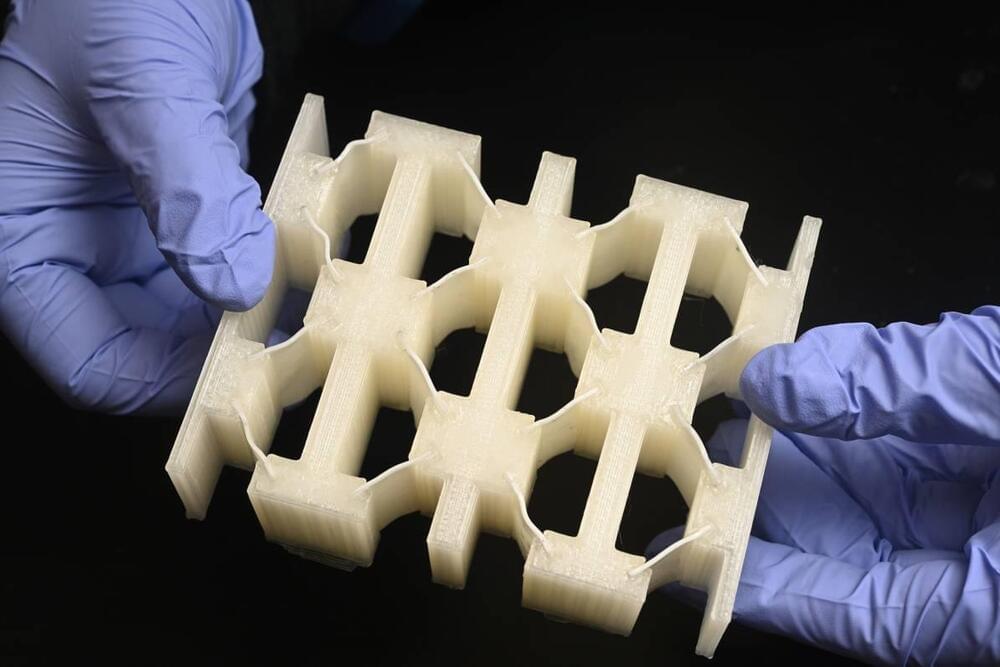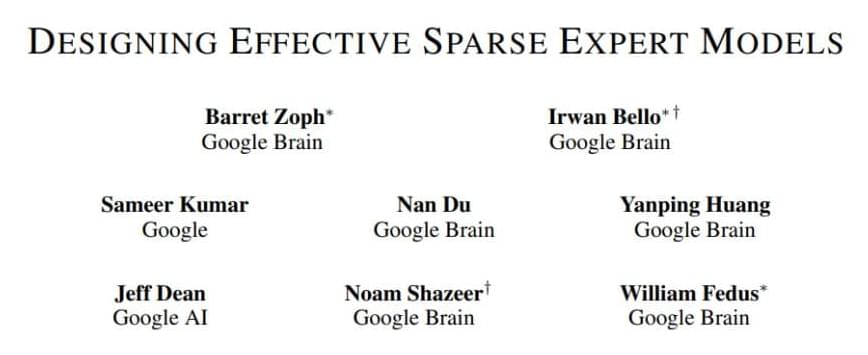Mar 13, 2022
Global tech firms are lining up to hire Ukraine’s world-renowned coders
Posted by Genevieve Klien in category: futurism
Companies are lining up to try to hire coders who have been caught up in Russia’s invasion of Ukraine.
Some 2 million-plus Ukrainian citizens have been displaced in recent weeks, with some of them possessing in-demand technical skills.
Dozens of companies have posted over 500 job ads for tech roles on a website called Remote Ukraine that’s been set up to help firms around the world hire Ukrainians. The companies are mostly from Europe but some are also from the likes of U.S. and Canada.

















